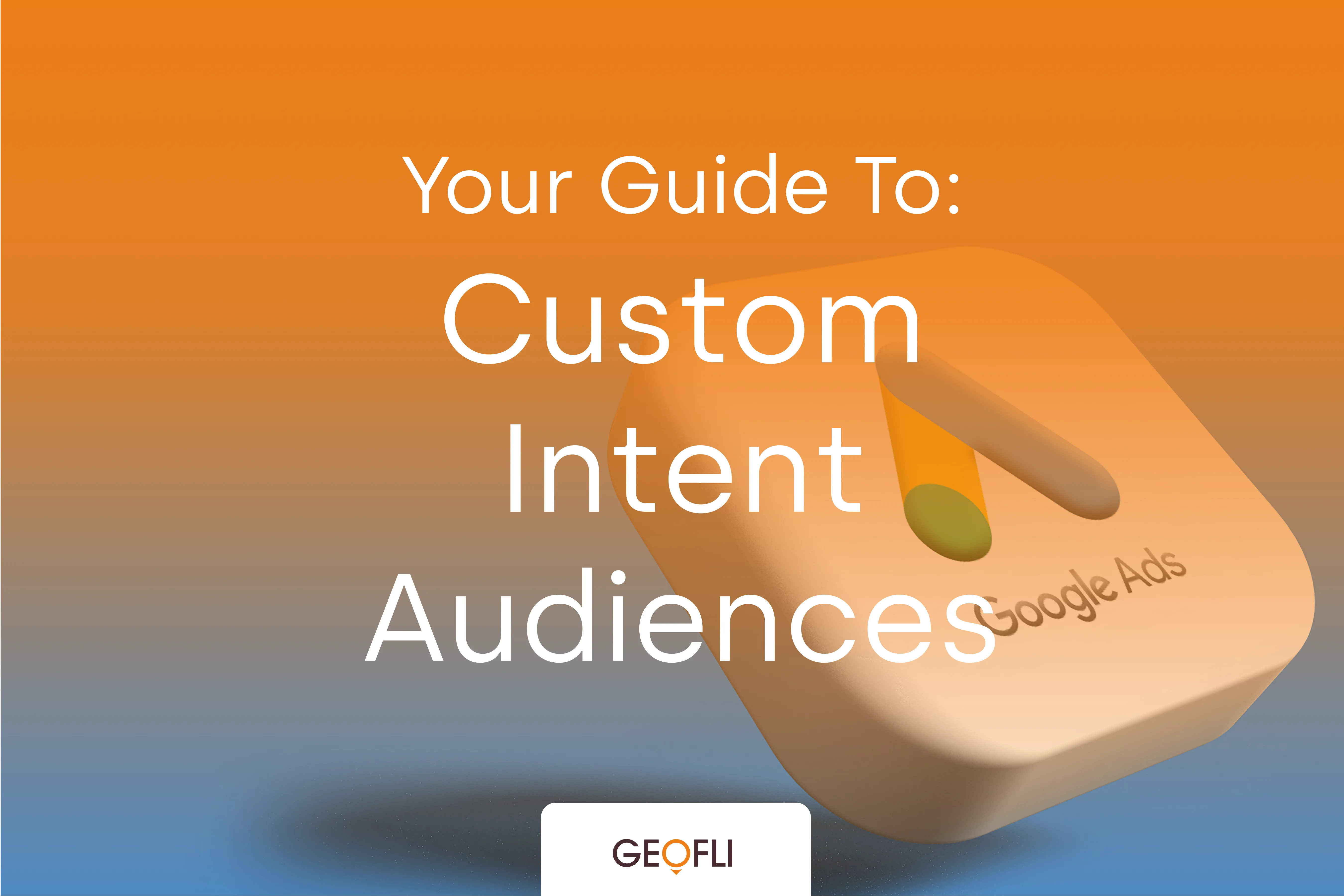Aw, Instagram. Social media’s best outlet for all things visual. The number of Instagram users has been increasing steadily since Facebook bought the platform in 2012, and marketers have taken note of its consistent popularity. Especially for those with visually-appealing products or younger target audiences, Instagram can be a powerful addition to the corporate media mix — in fact, 98% of major fashion labels and 100% of auto brands maintained a presence on Instagram in 2016, according to Statista. With a billion users worldwide, it can be challenging to fight through the noise and engage your desired audience. Quality content, as we know, is a modern marketer’s best weapon.In a previous blog post ironically entitled “Content is Not King,” we characterize compelling content. Some of the most important aspects of great content? Articulate value propositions, effective SEO strategy and high posting frequency.
Creating Compelling Content on Instagram
Applying these principles on Instagram is also important. Posts should be consistent with your company’s established values and identity in industry — however you interpret them visually. The overall “flow” of the profile, or how all the pictures relate from a profile grid view, should also be representative of the brand’s image. We wrote about a couple universities with noteworthy Insta-layouts in our “Instagram Marketing: Collegiate Edition” article: University of Idaho uses their school colors and photo stamps to tie their page together and emphasize students, while University of Sheffield stays consistent in subject matter by showcasing the beautiful architecture and landscapes found on campus.
University of Idaho and University of Sheffield use different strategies to achieve a successful "flow."
SEO strategy on Instagram means mindful hashtags, and hashtags that represent your brand well lead to customers who are genuinely interested in your products! You can now follow individual hashtags, making it easy to get inside the mind of your target ‘grammer. Every business profile with at least 100 followers also has access to Instagram Insights, where managers can assess the effectiveness of both posts and hashtags.You can also determine how often you should post by checking out your page insights — specifically follower retention and individual post data — though businesses often find success posting 1-2 times a day. According to a study conducted by Union Metrics, however, consistency in posting is key on Instagram — so set a goal that is attainable for your business profile.
Getting Caught Up in the Content
Remember how this article was about turning a post into an online purchase? Yeah, we got a little distracted by all this stuff about content, too.It’s easy to get caught up creating great posts for social media pages, but businesses don’t directly profit from favorites or followers — they profit from purchases. The effectiveness of these posts, as measured by conversion to sales, is what motivates good content in addition to good business.Without running an ad campaign, it’s still a little tricky identifying which online customers originated from your Instagram page. For regular posts, Instagram has yet to integrate a native system similar to Google AdWord’s “tracking pixel” installation, which involves planting snippets of code to monitor user origin and conversion. You can, however, make your Instagram bio link — the only link you're allowed to share on this platform — trackable by adding UTM parameters. This will allow you to identify the customers that came from Instagram on Google Analytics, so the number is easy to analyze among your other important online figures. Offering promo codes for your followers is another effective trick to track sales — an old concept with a new application. Plus, promotions can inspire follower longevity and customer loyalty. If you’re looking for an even more direct way of motivating purchases, business profiles approved for Shopping on Instagram can also tag products on posts, which will link them to product pricing and details as listed in a connected Facebook catalog. Users will then have the option to continue shopping on your mobile site by tapping “Shop Now”. Single images can be tagged with up to 5 products, making Shopping on Instagram incredibly powerful in providing potential customers with an easier path to purchase!
Social Media’s Role in Marketing
Ultimately, Instagram and other social media platforms are still most effective at the top of the funnel: they’re best at exposure, and sealing the deal with an online purchase often happens later. Using these tips and features, however, can help to shorten the funnel — and convert some of your Instagram followers to actual online customers.





